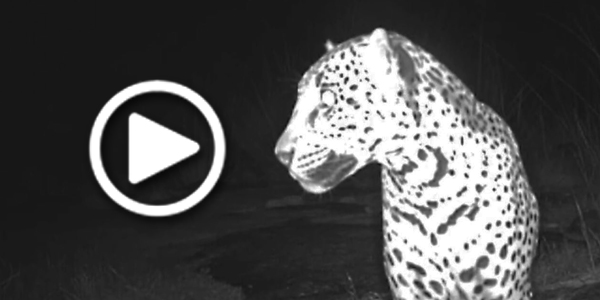Wild land, what is it?
Is it pristine land, untouched by humans? Is its value derived from its pristine (untouched) state? Maybe this has been the most popular public notion of what wilderness is, but now we’re realizing the functionallity of wild land is so important for many reasons that affect us directly. One reason, is that functional, wild land doesn’t cost us anything to maintain – it is this cost of maintaining our built environment that is the root of the word “sustainable”. So we are learning what costs are incured by removing components of wild lands, or by diminishing, altering, re-arranging, changing the percentages of components, or altering dynamic processes (floods, fires).
These components include animal life, plant life, soil life and geology, water (surface) saturation, rainfall, ground water, rivers (acequia, canal and dam systems), lakes, fire cycles, air quality (pollution by particulates, NOx, acid rain, elevated CO2), and other micobiotic and fungal relationships that we are as yet unaware of.
Wilderness as a mental state has also been valued and is important, again, just knowing that there is a pure land, untouched and beautiful, a virgin – this mental state then releases our stress of seeing all the abused, degraded and “raped” lands all around us.
Also as a place to physically go for recreation and relaxation, the stress releiving properties are used in this way too: backpacking, camping, day hiking and even motor touring through national parks and wilderness areas.
Then there is the monetary value of fishing, hunting and outfitting/guiding that provides economy and livelihood for people as well.
But the cost of human landscapes, and lack of cost of wild ones, is something that is not usually recognized. This cost of the human landscape is actually considered part of the economy, and is planned for and included in the GDP. However, it is not considered an unaffordable cost.
The price of doing business – it gets higher all the time, with every acre of wild land that is altered. The cost/benefit analysis, as we know, does not take into account the costs of: restoring nature, restoring natural balances (removing invasive species, controlling disease vectors, mental health care, pollution of: air, water, biota, soil, bacteria and fungus, and overpopulation of humans and under/overpopulation of biotic communities).
We usually talk about human overpopulation, and wildlife extinction or underpopulation, but we don’t usually speak of or recognize animal and plant (and microbal) overpopulation. Some obvious ones: white-tailed deer, insects, etc., but almost all environments are full of overpopulated species, and again, invasives are obvious, but not so the natives in overpopulation, including forests and shrub lands. We just don’t see all the imbalance in nature, we call it “normal” or “natural” and thats the end of it. I would like to see this change.
I would also like to see functioning “wild” lands respected for the cost saving, life giving places they are.
I would like to see the true cost of doing business calculated. That being shown, “transparent” they call it, business as usual may not be done. That may violate the “Limited Liability” of the corporation. Maybe we need a “Fully Liable” corporation, who would sign up for that? Wether we sign up for it or not, it is the reality of living on Earth. Ultimately, we are all “fully liable” for how we live, for how we treat this gift of life.
There has always been a cost of doing this business of living, the question is, can we any longer afford “the way of plunder”?






Written by pcallen
on March 31, 2020
1 Comment